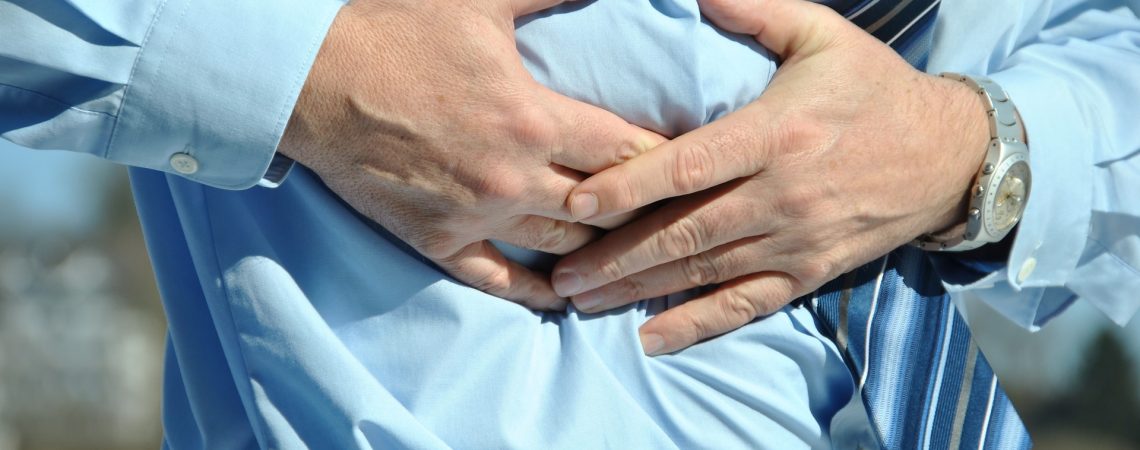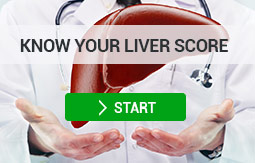Knowing how to prevent liver fibrosis and how to recognize symptoms early on can help stop the progression of advanced liver fibrosis and other serious liver diseases like cirrhosis. Read our article to learn about the causes, preventative measures, symptoms, consequences, diagnosis and treatment.
What’s in this article
- What is liver fibrosis?
- Causes
- Prevention
- Symptoms
- Consequences
- Diagnosis
- Treatment
What is Liver Fibrosis?
Liver fibrosis is mild scarring of the liver. When the liver is continuously or repeatedly inflamed or injured, liver cells will try to repair themselves, but may form scar tissue instead. Early stages of the disease can often be reversed, however, if left untreated for months or years, it can progress to advanced fibrosis, and eventually, cirrhosis (irreversible scarring of the liver). Both advanced fibrosis and cirrhosis usually require immediate medical attention, whereas early stages of the disease are a sign that you should improve your liver health.
Causes
Liver fibrosis often stems from hepatitis, drug use, alcoholic liver disease, and nonalcoholic steatohepatitis (NASH), a type of nonalcoholic fatty liver disease (NAFLD). Poor liver health can lead to the above health conditions. A healthy liver diet also makes a large difference to your liver health.
Prevention
You can take precautions to prevent the development of liver fibrosis, such as limiting alcohol consumption, not taking prescription or over the counter medications, like Tylenol, unless necessary, avoiding illicit drugs, and getting a hepatitis A or hepatitis B vaccine. Other ways to prevent hepatitis, which can lead to liver fibrosis, include: practicing good hygiene, avoiding unclean environments and always using a condom during sex.
Symptoms
It is possible to have liver fibrosis and not experience symptoms until the disease progresses. Symptoms of the disease include:
- fatigue
- fever
- loss of appetite
- weight loss
- nausea
- vomiting
- pain around the upper right side of your abdomen
- bruising and bleeding more easily
- small red lines on your skin above your waist
- jaundice (yellowing of the skin and whites of the eyes)
- itchy skin
- hair loss
- swollen abdomen, legs, ankles and feet
If you experience the above symptoms, speak with your physician as soon as possible.
Consequences
Scarring of the liver can interfere with blood circulation, which can lead to loss of liver function over time. The liver is the most important internal organ and performs over 500 vital tasks and functions. In addition, poor blood circulation can increase blood pressure in a group of veins called the portal venous system, resulting in portal hypertension. Portal hypertension can cause life-threatening conditions.
Diagnosis
The methods for a detailed diagnosis of liver fibrosis are: a FibroScan® test, a noninvasive imaging technique that measures the stiffness of the liver, or a liver biopsy, an invasive procedure where a sample of liver tissue is removed for examination. A complete blood count (CBC) test that evaluates a patient’s general health can detect the possible presence of liver fibrosis, and an MRI (magnetic resonance imaging) scan and an ultrasound can identify if you’re at risk for liver fibrosis.
Treatment
There is no specific treatment for liver fibrosis. The most effective method is removing what is causing liver damage. Sometimes this requires behavioral changes, like giving up alcohol. Other times anti-inflammatory drugs are prescribed since inflammation aids the progression of liver fibrosis.
Find out more about the basics of liver health with Dr. Tarek Hassanein, M.D.
References:
www.liverdirectory.com
myliverexam.com
ncbi.nlm.nih.gov
webmd.com

 (442) 244-5115
(442) 244-5115















